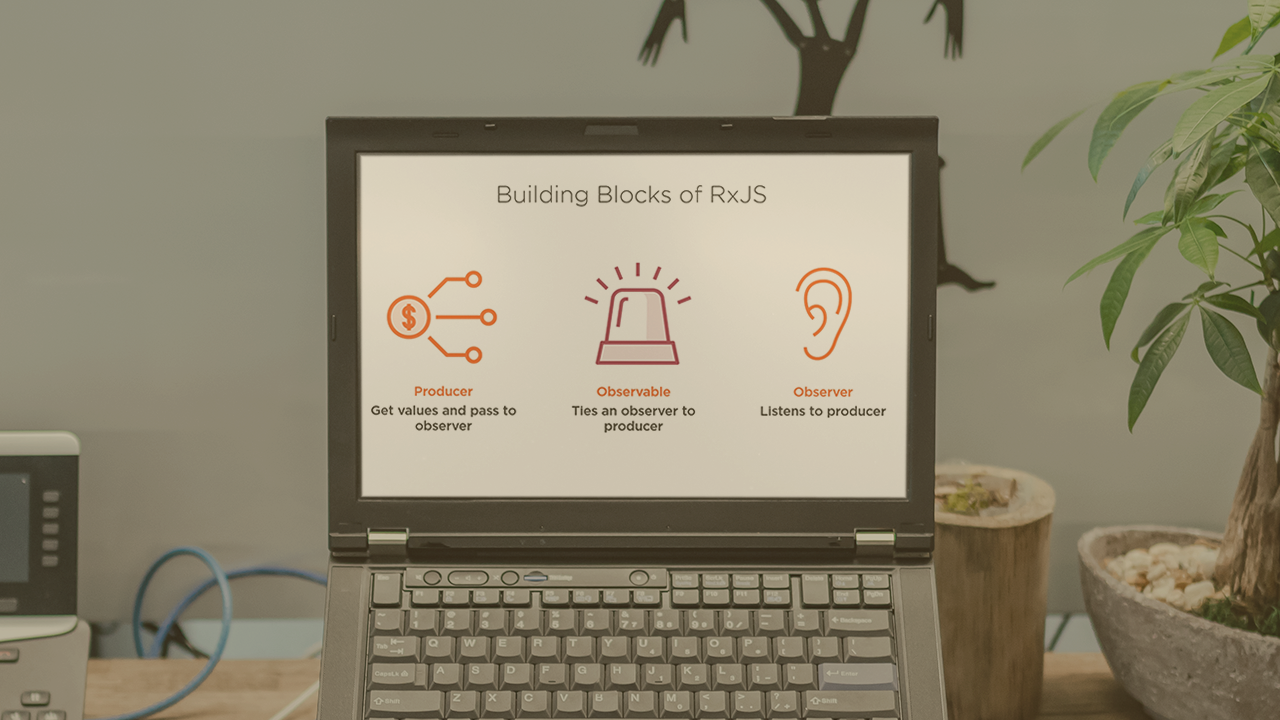- Course
Unit Testing RxJS with Marble Diagrams
Marble diagrams enables you to understand the behavior of RxJS observables and operators visually. This course will teach you all of the foundational building blocks of Marble testing your RxJS app including hot and cold observables and much more.

- Course
Unit Testing RxJS with Marble Diagrams
Marble diagrams enables you to understand the behavior of RxJS observables and operators visually. This course will teach you all of the foundational building blocks of Marble testing your RxJS app including hot and cold observables and much more.
Get started today
Access this course and other top-rated tech content with one of our business plans.
Try this course for free
Access this course and other top-rated tech content with one of our individual plans.
This course is included in the libraries shown below:
- Core Tech
What you'll learn
The RxJS library is one of the most popular libraries in the JavaScript world. RxJS provides reactive programming capability in your application. In this course, Unit Testing RxJS with Marble Diagrams, you'll get a complete overview of Marble testing, including what can be accomplished with it, starting with the basics of Marble syntax. First, you'll learn about Marble testing, in full detail, until the point of using it in a real-life web application. Next, you'll explore how to test hot and cold observables including mocking their values in unit tests. Then, you'll discover RxJS operators like zip and concat behaviors using Marble testing. Finally, you'll be shown how to write marble tests against business logic, exception cases, and finding and resolving race conditions using Marble testing. By the time you're done with this course, you'll have the expertise necessary to do Marble testing for RxJS applications and you'll be writing more readable tests around your RxJS code.

